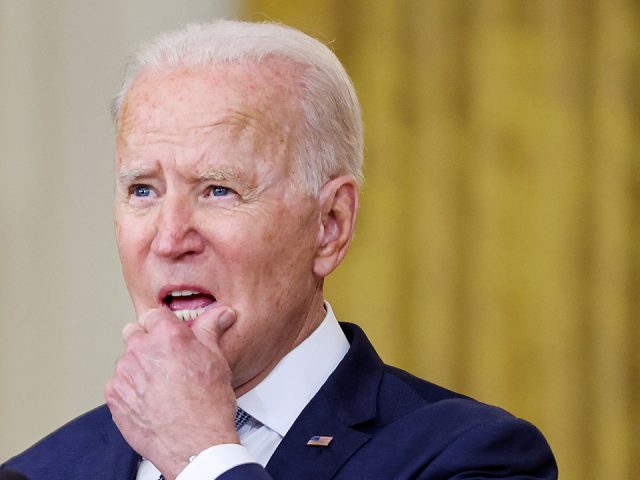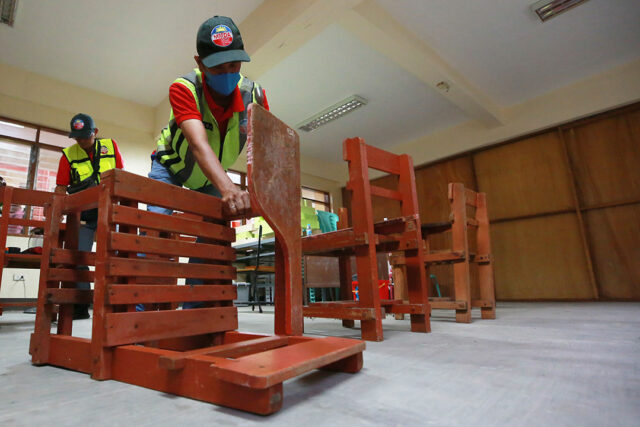Nippon Steel to invest $4 billion for new US Steel mill in $14 bln package, document says
WASHINGTON – Nippon Steel plans to invest $14 billion in U.S. Steel’s operations including up to $4 billion in a new steel mill if the Trump administration green lights its bid for the iconic U.S. company, according to a document and three people familiar with the matter.
Under details of the plan included in the document, the company will plow $11 billion into U.S. Steel’s infrastructure through 2028. That includes $1 billion in a green field site, which is expected to grow by $3 billion over the following years and has not been previously reported. The total investment figure was previously reported by CTFN.
Shares of U.S. Steel rose closed up more than 3% after the Reuters report.
The super-charged investment pledge, up from an initial $1.4 billion, was pitched as part of a last ditch effort to win approval of the merger, which has drawn fire from both Presidents Donald Trump and Joe Biden.
The companies face a May 21 deadline for the completion of a fresh national security review of their proposed tie-up, which was blocked by Biden on national security grounds in January following a prior review. Trump would then have 15 days to decide the fate of the transaction, although the timeline could slip.
It is unclear if the billions in new investment will be enough to sway Mr. Trump, though two other sources said his administration sought the increased investment.
The new pledge should be enough to entice the Trump administration to approve the merger, said Nick Klein, a lawyer from DLA Piper.
“Increased investment to expand steel production in the United States is critical to our national security. I think the Trump administration recognizes this and will approve the deal, Klein said.
Regardless, the offer shows the lengths Nippon Steel is willing to go to secure approval, with a looming $565 million breakup fee and current steep U.S. steel tariffs of 25% to access thriving American steel markets.
U.S. Steel declined to comment. Nippon Steel, the White House and the Treasury Department, which leads the committee overseeing the national security review, did not respond to requests for comment.
Nippon Steel offered $14.9 billion for U.S. Steel in December 2023, seeking to capitalize on an expected ramp up in steel purchases, thanks to the bipartisan infrastructure law.
But the tie-up faced headwinds from the start, with both then-President Biden and Trump asserting U.S. Steel should remain American owned as they sought to woo voters in the swing state of Pennsylvania, where the company is headquartered.
Nippon Steel added investment pledges to sweeten the deal from $1.4 billion to $2.7 billion in August 2024, as well as promises to maintain U.S. Steel’s headquarters in Pennsylvania.
But Biden’s January block of the deal on national security grounds prompted lawsuits by the companies alleging the national security review they received was biased, a charge the Biden White House disputed.
The steel giants saw a new opportunity in the Trump administration, which began on January 20 and opened a fresh 45-day national security review into the proposed merger last month.
But Mr. Trump’s public comments, ranging from welcoming a simple “investment” in U.S. Steel by the Japanese firm to floating a minority stake for Nippon Steel, have done little to shore up investor confidence in an eventual greenlight.
Regardless of Mr. Trump’s final decision, some lawmakers from his party attribute Nippon Steel’s increased investment to the President.
“President Trump has not only brought life back into this partnership by giving it a second chance, but he also made it great,” said Kim Ward, a Republican Pennsylvania state senator and staunch advocate for the deal’s approval.
Nippon Steel Vice Chairman Takahiro Mori was in Washington last week to meet with U.S. officials to try to win approval of the deal, Reuters previously reported. – Reuters




















